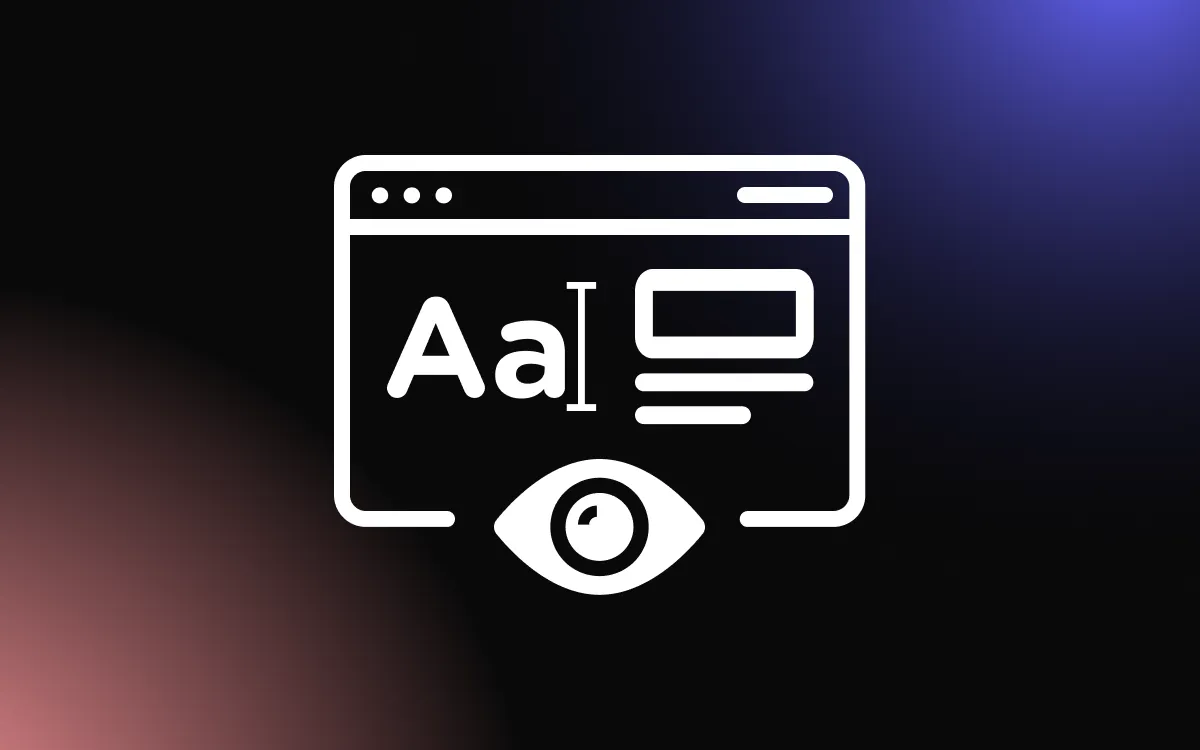
Encountering a 404 error page can be frustrating for users, often leading to a negative impression and a potential loss of site visitors.
However, with thoughtful design and strategic content, a 404 page can become an opportunity to retain visitors and guide them back to valuable content on your site.
Optimizing 404 pages involves more than just displaying a standard error message; it requires creativity and user-centric thinking to transform an error into an engaging experience.
This article will explore best practices for optimizing 404 pages to help retain visitors and improve overall user satisfaction.
Understanding the Impact of 404 Pages
A well-managed 404 page can significantly affect user experience and SEO, either positively or negatively.
What is a 404 Page?
A 404 page is a standard HTTP response code indicating that the server could not find the requested page. This typically occurs when a user clicks on a broken or dead link, mistypes a URL, or tries to access content that has been moved or deleted.
The default 404 page is often plain and unhelpful, but custom 404 pages can be designed to guide users back to relevant content.
Effects on User Experience and SEO
404 pages can have a substantial impact on user experience. A poorly designed 404 page can frustrate users, leading to higher bounce rates and decreased engagement.
Conversely, a well-designed 404 page that includes helpful navigation links, a search bar, and a friendly message can keep users on your site and improve their overall experience.
Regarding SEO, frequent 404 errors can signal to search engines that a website is poorly maintained, potentially lowering its ranking.
Properly managing 404 errors, such as by implementing redirects or providing useful content, helps maintain site credibility and user satisfaction.
Essential Elements of an Effective 404 Page
An effective 404 page can turn a potentially frustrating experience into a positive interaction with your brand. Key elements include clear communication of the error, consistent branding, and providing navigation options.
Clear Communication of the Error
The primary function of a 404 page is to inform users that the requested page could not be found. This message should be communicated clearly and concisely. Avoid technical jargon and use friendly, understandable language.
For example, instead of saying "404 Error - Page Not Found," you might say, "Oops! The page you're looking for isn't here."
Providing a brief explanation of why the page might be missing and suggesting steps the user can take (such as checking the URL for errors) can help reduce frustration and guide them towards a solution.
Consistent Branding
Maintaining consistent branding on your 404 page is crucial for ensuring a seamless user experience. The design of the 404 page should match the rest of your website in terms of colors, fonts, and overall style.
Including your logo and possibly a touch of your brand’s personality can make the error page feel like a cohesive part of your site rather than an outlier.
For instance, if your brand’s tone is playful, you might include a humorous message or graphic. Consistent branding helps reassure users that they are still on your site, even if the content they were seeking is unavailable.
Navigation Options
Providing clear navigation options on your 404 page helps keep users engaged with your site. Include links to popular pages such as your homepage, contact page, or product categories.
A search bar is particularly useful, allowing users to quickly find what they were originally looking for. You might also include a sitemap or suggest related content.
By offering these options, you can guide users back to useful content, reducing the likelihood that they will leave your site in frustration.
Creative Strategies for 404 Pages
An effective 404 page not only informs users of an error but also engages and redirects them positively.
Employing humor, providing useful navigation options, and incorporating interactive elements can turn a potentially negative experience into an opportunity for engagement and retention.
Using Humor and Creativity
Adding humor and creativity to your 404 page can diffuse user frustration and create a memorable experience. A playful message or quirky graphic can lighten the mood and align with your brand’s personality.
For example, Mailchimp’s 404 page features a humorous illustration of their mascot, Freddie, looking puzzled. This not only entertains but also reassures users that they’re still on the right website.
Creative messaging like “Oops! Looks like you took a wrong turn” can make users smile and feel more connected to your brand, transforming a mundane error into a delightful interaction.
Adding Search Bars and Suggested Links
Providing a search bar and suggested links on your 404 page is crucial for helping users find what they were initially looking for.
A search bar enables users to quickly navigate to the correct content without leaving your site. Suggested links to popular or recently viewed pages can guide users to other relevant content, keeping them engaged.
For example, you could include links to your homepage, top blog posts, or popular product categories. This approach not only aids in user navigation but also demonstrates a proactive effort to assist them, enhancing their overall experience.
Incorporating Interactive Elements
Interactive elements can make your 404 page more engaging and useful. Consider adding features like animations, mini-games, or even interactive maps that guide users to key parts of your site.
For instance, a simple game that entertains users while they decide their next move can turn frustration into fun. Interactive maps showing site navigation or a chatbot offering assistance can also help users find their way back to useful content.
These elements keep users engaged longer, improving their overall experience and increasing the chances they’ll stay on your site.
Technical Best Practices for 404 Pages
Implementing technical best practices for 404 pages is essential for maintaining site health and providing a seamless user experience.
Key aspects include setting up proper HTTP status codes and monitoring 404 errors.
Setting Up Proper HTTP Status Codes
Ensuring that your 404 page returns the correct HTTP status code is crucial for both user experience and SEO. The 404 status code indicates to both users and search engines that the requested page could not be found.
This prevents search engines from indexing non-existent pages, which can negatively impact your site's SEO.
Additionally, make sure your server is configured to handle 404 errors appropriately, redirecting users to a custom 404 page rather than displaying a generic server error message.
This custom page should be user-friendly and informative, helping visitors navigate back to relevant content on your site.
Monitoring 404 Errors for Site Health
Regularly monitoring 404 errors is vital for maintaining the overall health of your website. Use tools like Google Analytics or server logs to track when and where 404 errors occur.
Analyzing this data can help you identify broken links, outdated URLs, or other issues that need fixing. By addressing these errors promptly, you can improve user experience, reduce bounce rates, and maintain a clean site structure.
Additionally, consider setting up alerts for recurring 404 errors to quickly identify and resolve potential problems before they affect a significant portion of your audience.
Examples of Optimized 404 Pages
Effective 404 pages can turn a negative experience into an opportunity for engagement and retention. Here are examples of innovative and engaging designs, and successful retention tactics.
Innovative and Engaging Designs
Airbnb’s 404 page is a standout example of creativity and brand consistency. It features a playful illustration and a light-hearted message that aligns with the company's welcoming and adventurous spirit.
The design is visually appealing and on-brand, making the error page feel like an integral part of the website rather than a frustrating dead end.
Successful Retention Tactics
GitHub's 404 page uses effective retention tactics by including a search bar and links to popular repositories and help documentation. This ensures users have immediate options to continue their journey on the site.
Conclusion
In conclusion, optimizing your 404 error pages is crucial for maintaining user engagement and minimizing the negative impact of encountering a broken link. This article has highlighted several best practices, including clear messaging, helpful navigation links, and a touch of creativity, to turn a potential dead end into a positive user experience.
By implementing these strategies, you can retain visitors who might otherwise leave your site in frustration, thereby enhancing overall user satisfaction and improving the likelihood of them finding the content they seek. A well-designed 404 page can be a valuable component of your website, contributing to a more resilient and user-friendly online presence.


